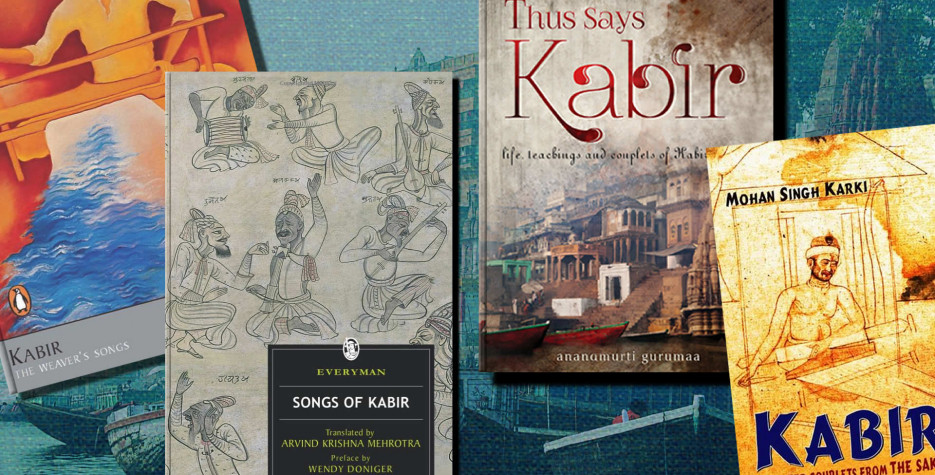When is Sant Kabir Jayanti?
According to the Hindu lunar calendar, Sant Kabir Jayanti is celebrated on the day of Jyeshtha Purnima, the full moon in the Hindu month of Jyeshtha. This means it normally takes place in late May or June.
It is a regional holiday in India, usually in Himachal Pradesh and Punjab, though it may be a holiday in other states in certain years. The table on this page shows which states observes the holiday this year.
History of Sant Kabir Jayanti
Jayanti means birth anniversary and Sant Guru Kabir Jayanti marks the birthday of Sant Kabir, an Indian mystic poet and saint who lived in the 15th century. His writings and work influenced Hinduism's Bhakti movement and his verses are also found in the Sikh scriptures of Adi Granth.
The year of Kabir's birth is open to debate, with arguments made for both 1398 and 1518, though whatever the year, it is commonly accepted that he was born and raised in a family of Muslim weavers.
Despite his Islamic background, Kabir became a disciple of the Hindu Bhakti saint Ramananda.
Until other Gurus and Saints of the time, Kabir lived the simple life of a weaver. He got married and had children. During his life he suffered some degree of persecution from both Muslims and Hindus, yet on his death, both religions tried to claim the body.
A popular legend about Kabir relates to his funeral. After his death, his disciples argued over his body, the Muslim disciples wanted to claim the body for burial, while the Hindus wanted to cremate the body. Kabir appeared among the arguing disciples and told them to lift the burial shroud. Lifting the shroud, they found fragrant flowers instead of his body. The flowers were divided between the disciples, so that the Muslims could bury the flowers while the Hindus could commit them to fire.
That legacy of Kabir continues through the Path of Kabir (Kabir panth), a religious community that recognises him as its founder and is one of the Sant Mat sects. The members are known as Kabir panthis.
In 1915, Kabir's poetry was brought to a wider audience when his work was translated into English by the famous Bengali polymath, Rabindranath Tagore.


